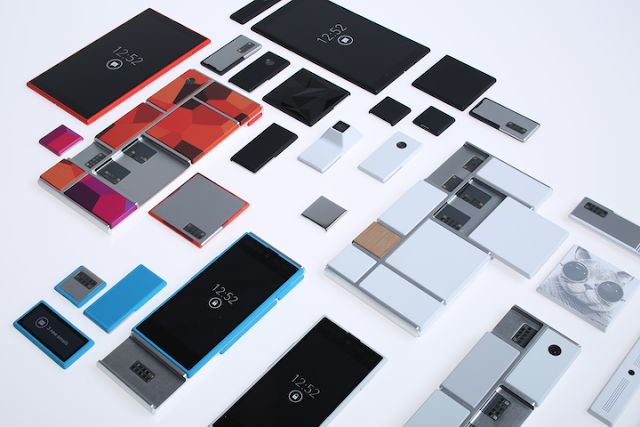Technology is changing the world as we know it. We all know it and have experienced incredible change over the last 20 years with the advent of the internet, and the subsequent development of ecommerce, social media and mobile technologies. Yet these are not the only disruptive technologies that are set to change our lives. There are many others. Writing for Tumotech, Chuck Tesla (2014) has created a handy guide to some of the most interesting and potentially the most disruptive. Some of these are now described below.
1. Web 3.0
Forget about the Web 2.0, and be ready for the Web 3.0, also known as the semantic web. As Tesla explains:
“The semantic web has been compared to having a personal assistant who knows virtually everything about you and able to answer any question and logical follow up questions.”
Putting this into context, this version of the web envisages information and interprets it via the use of machines. What this means is that the web can combine a variety of searches. Let’s say you wanted to take a long weekend away somewhere. Web 3.0 would be able to combine your search of finding a location as well as finding the flights, hotel and other transportation or tours. It could all be achieved in one customisable search. Taking this to the next step, search engines such as Google, will help you formulating your search query. What is it that you really are looking forward to find ? Sometimes it is hard to write a proper sentence.
2. 4D Printing
Now this is hard to get your head around probably, since most people haven’t yet even clapped their eyes on a 3D printer. Yet 4D printing is already emerging. The idea behind it is that people will be able to print objects that can reassemble over time or reshape themselves. They might change in response to changes in temperature or when exposed to moisture, for example. This has ramifications for working in difficult environments such as in space where it is harder for people to work. Autodesk are pioneering the field in this particular technology.
3. Supercomputers
A supercomputer is a very powerful scientific computer. Supercomputing will lead to the ability to be able to deal with all kinds of difficult problems. This is achieved through developments in algorithms and software technology. Indeed supercomputers are able to access very large volumes of processing power, and this means that they are able to take on and solve difficult problems that have baffled people and that would baffle regular computers for millennia. The supercomputer is considered to be more likely to rise to prominence as a result of the internet of things and artificial intelligence.
4. Self-driving vehicles
The concept of self-driving vehicles usually conjures up two possible images in the mind. One is of a futuristic world that is very advanced, and the other is of what would happen if there was some sort of melt down with self-driving vehicles. However, the latter is unlikely to occur. Self-driving cars would eliminate all kinds of problems from arguments about directions, to no need to assign a designated driver, to avoiding crashes. For the latter there are high hopes that self-driving cars will be more intelligent than people in terms of preventing crashes. It is anticipated that autonomous drive vehicles will be available by as early as 2020.
5. Medical robots
How do you feel about a robot doing an operation on you? Well, this could be the reality and sooner than you think. Medical robots are becoming more affordable and the number of them in the market are growing year on year. Medical robots are becoming increasingly capable of carrying out complex operations. For example, medical robots are increasingly being used for surgeries like hysterectomy and prostatectomy. It is explained that they increased in numbers by 20 percent just between 2011 and 2012.
6. In vitro meat
How do you fancy a burger that has been grown in a petri dish? Well, this is already a reality. In vitro meat is meat that has never been a part of an actual animal that was alive at one point. The first hamburger that was grown in a laboratory was announced in 2013, and reports are that it actually tasted like real meat. This particular technology could have massive advantages for the world, particularly for the environment, for people’s health, and also in managing to cut back on cruelty to animals. It may take a mind-set shift to be comfortable with it, but the potential for disruption here is tremendous.

Paula Newton is a business writer, editor and management consultant with extensive experience writing and consulting for both start-ups and long established companies. She has ten years management and leadership experience gained at BSkyB in London and Viva Travel Guides in Quito, Ecuador, giving her a depth of insight into innovation in international business. With an MBA from the University of Hull and many years of experience running her own business consultancy, Paula’s background allows her to connect with a diverse range of clients, including cutting edge technology and web-based start-ups but also multinationals in need of assistance. Paula has played a defining role in shaping organizational strategy for a wide range of different organizations, including for-profit, NGOs and charities. Paula has also served on the Board of Directors for the South American Explorers Club in Quito, Ecuador.
























